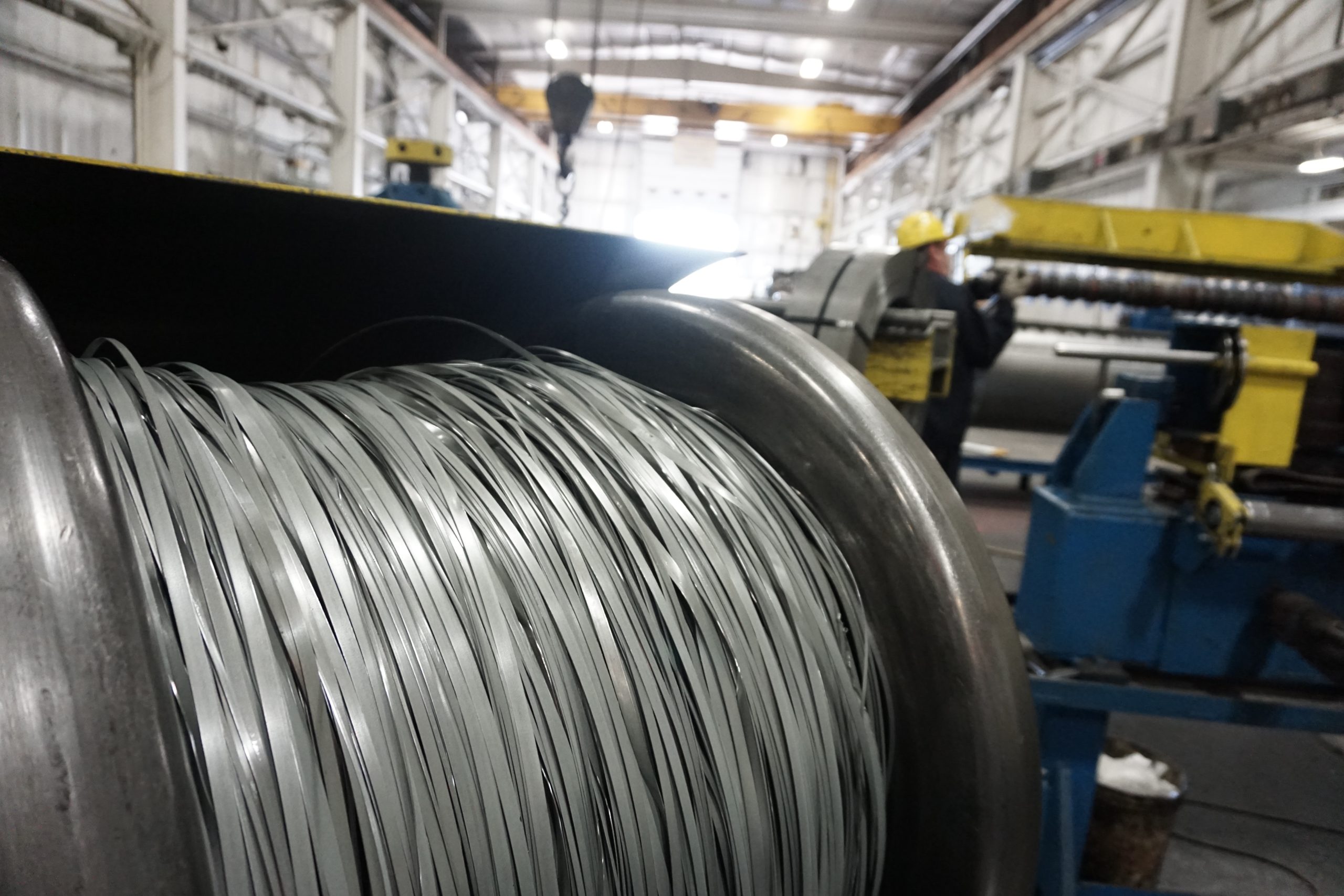When it comes to the automotive industry, steel has a bright future. The World Steel Association (Worldsteel) explains that each vehicle uses an average of 900 kg of steel.
You’ll find that 34 percent of the material is in the body structure, panels, doors and trunks of a vehicle to provide high-strength and energy absorption in case of a car collision. Meanwhile, 23 percent is in the drive train and 12 percent is in the suspension.
As a steel coil services provider, we carefully select and process our inventory of steel coils to match your specifications. We don’t only evaluate our range of steel products by width and gauge but also by chemical and physical properties.
Steel Usage in the Automotive Industry Today
Most of the vehicles today have steel structures with some featuring aluminum, a report from the Center for Automotive Research (CAR) says. The steel grade ranges from mild- to hot-formed boron while some components on higher-end vehicles use magnesium and polymer composites.
The report adds that cold stamping is the leading manufacturing technology today. But when it comes to higher strength steels, cold forming is difficult.
Furthermore, new manufacturing technologies are on the rise to reach the speed and cost-effectiveness required for mass production. High production parts, on the other hand, already use the hot forming of steel. The manufacturing technology will most likely reach its maturity by 2025 given the increasing need for ultra-high strength steels.
The Use of Advanced High-Strength Steels
The Worldsteel states that almost all new vehicle designs use Advanced High-Strength Steel (AHSS). The association expounds that 60 percent of body structures of current vehicles use AHSS, making vehicle designs lighter and optimized through enhanced safety and fuel efficiency.
For example, car manufacturers can reduce 25 percent to 39 percent of vehicle weight when using a new grade of AHSS compared to traditional steel. Reducing the weight of a vehicle will contribute to greenhouse gasses savings, considering the vehicle’s total life cycle.
In line with this, a case study from World Auto Steel states that vehicles made of steel reduce greenhouse gasses emissions as long as it uses efficient and optimized designs. The case study shows that vehicles with steel body structure emit lower greenhouse gasses in comparison to those built with aluminum.
The automotive industry encourages experts to conduct more research and development into AHSS to maximize the strength used for vehicle parts. AHSS products exceed the yield strength of 550 MPa and are manufactured using accurately controlled heating and cooling treatments.
The Future of the Automotive Industry
Reports show that the automotive industry will continue to make lightweight vehicles to reduce emissions. Industry experts are considering mixing a variety of lightweight materials including aluminum, carbon fiber, and magnesium.
Although these materials can meet safety and fuel economy standards, they still don’t match the durability and strength of steel. Experts believe that vehicles need to be durable enough to withstand regular use and ensure the safety of consumers.
In fact, the CAR’s report states that consumers care more about safety, environmental impacts, efficiency, cost, and privacy and security issues rather than technological advancements.
For quality steel coils, we have one of the most extensive and most diverse catalogs in the steel service industry. We offer high-strength flat-rolled steel coils ideal for various industries including automotive.
Contact us to learn more about the steel coils that we offer.

